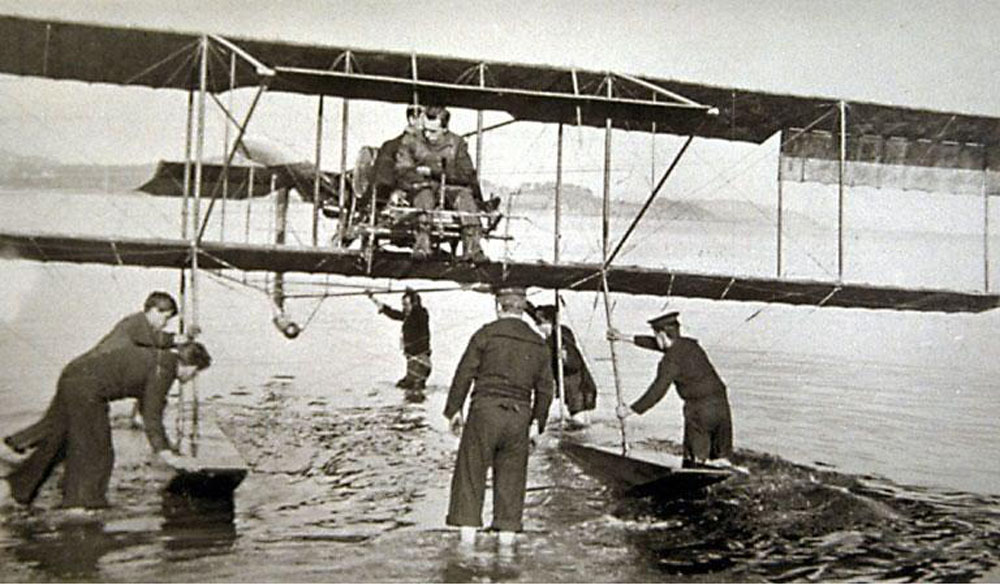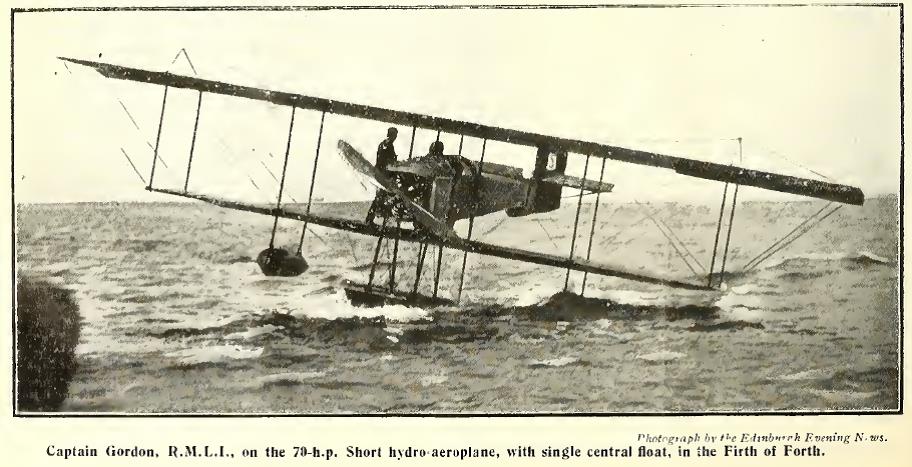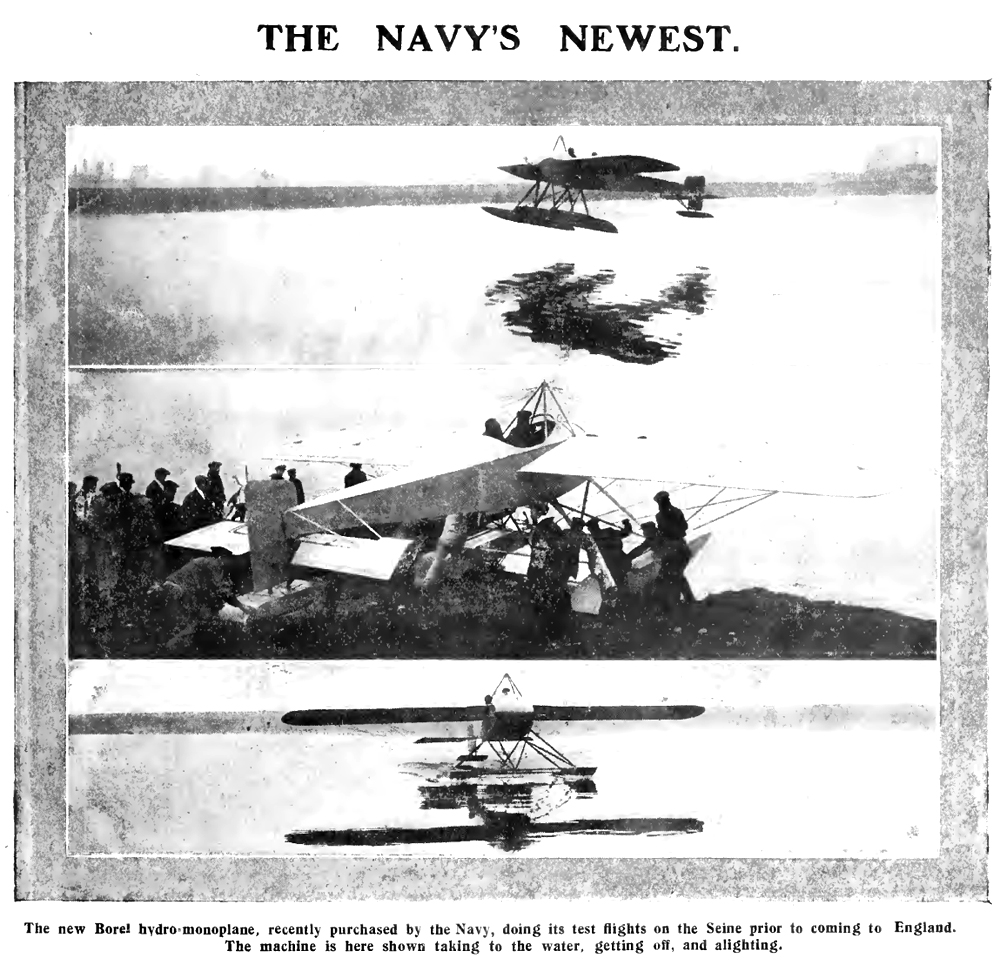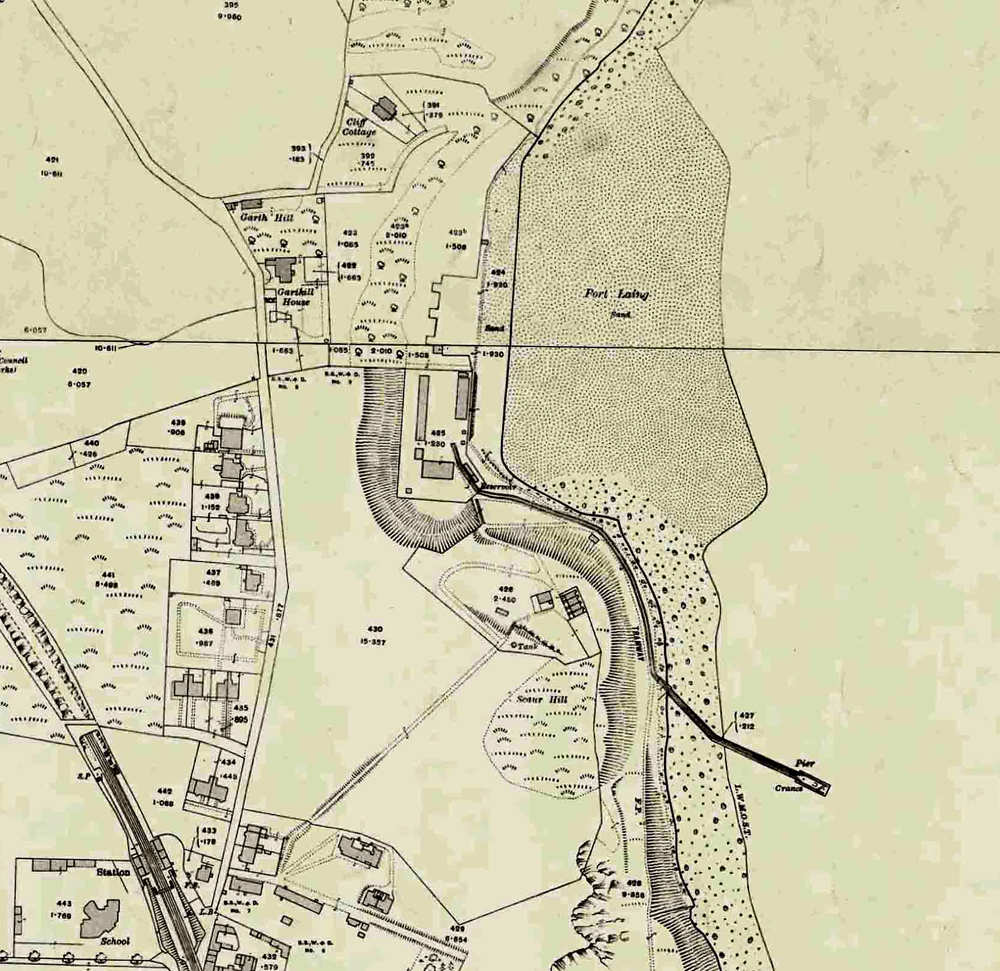Military Sites 4 – Carlingnose Royal Naval Air Station
At the beginning of the 20th century, flying was very much in its infancy – the Wright Brothers’ first heavier-than-air flight was in 1903, and the first British heavier-than-air powered flight was in 1908. But the military was very interested in the potential of the aeroplane, and by 1911, they owned 10 planes, and the Royal Navy had 4 pilots.
In 1912, nine years after the Wright brothers’ flight, the beach at Port Laing became the site of the first Naval Air Station in Scotland and the genesis of the Royal Navy Air Service.
The full story is told HERE
The air station at Port Laing was used to experiment on spotting submarines from aeroplanes. The first plane – A Henry Farman floatplane – arrived in September 1912 . . .

. . . and construction began on this set of three hangers.

Several other types of aeroplane were tested at Port Laing:

This Short design was prone to capsizing, so was eliminated.
Other Short designs such as this S41, were more successful. . .

And the Borel monoplane was state of the art when introduced in 1913

The experiments proved that submarines could be spotted from an aeroplane, but they also showed that the site at Port Laing was not ideal. The steep cliffs behind the beach produced updrafts, at low tide the planes got stuck in the mud, and to cap it all the owner of the land increased the rent.

This picture shows striking workers from Rosyth hauling Commander Samson’s Short biplane out of the mud at Carlingnose on the Firth of Forth.
In 1914, the whole station men, machines and buildings moved to Dundee where it was welcomed by the local MP, who was a big fan of aviation – Winston Spencer Churchill.

This 1915 OS map shows where the hangers had been located in the centre of Port Laing beach.
Here is the full story of Carlingnose Airstation
Back to Military Sites around North Queensferry – Index
top of page
